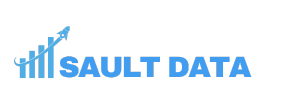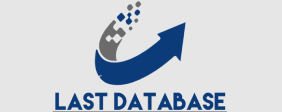Creating a high-quality, industry-special database doesn’t have to take years. With a strategic approach, the right tools, and a clear understanding of our target audience, we successfully built a specialized database in just a few months. Here’s a step-by-step guide to how we achieved this and how your business can replicate our success.
Why We Needed an Industry-Specific Database
Our goal was simple: to reach key whatsapp data decision-makers in a niche market. Generic contact lists didn’t cut it. We needed:
-
Verified contact data
-
Specific job roles within targeted industries
-
U.S.-based companies with a certain revenue threshold
This level of targeting required precision and planning, not just volume.
Step-by-Step Process of Building the Database
Step 1 – Define the Ideal Customer Profile (ICP)
We began by identifying our Ideal accelerating business trajectories: the indispensable role of lead generation services Customer Profile based on:
-
Industry verticals (e.g., fintech, SaaS, manufacturing)
-
Job titles (e.g., marketing directors, CTOs)
-
Company size and revenue
-
Geographic focus (mainly U.S. metro areas)
Having a detailed ICP helped us filter out irrelevant data from the start.
Step 2 – Combine Multiple Data Sources
We didn’t rely on just one uae cell number source. Instead, we pulled data from:
-
LinkedIn Sales Navigator for active professionals
-
B2B directories like ZoomInfo, Apollo.io, and Crunchbase
-
Web scraping using custom-built tools for public records and directories
-
Trade association member lists in our target industry
Bonus Tip – Use Enrichment Tools
We enriched our leads using services like Clearbit and Hunter.io to verify email addresses, phone numbers, and company details. This improved both accuracy and outreach results.
Step 3 – Launch Lead Capture Campaigns
To supplement the list, we launched inbound lead generation campaigns:
-
Webinars and niche online events with registration forms
-
Downloadable industry whitepapers gated by lead capture forms
-
Paid ads (PPC) targeting specific job roles and industries
Each campaign fed fresh, relevant leads into our growing database.
Optimizing for Quality, Not Just Quantity
Every form asked only essential details: name, job title, email, company name, and size. This minimized friction and boosted sign-ups without compromising data quality.
Step 4 – Organize, Segment, and Maintain the List
We used a CRM and segmentation tools to tag contacts by:
-
Industry
-
Job level
-
Engagement (downloaded content, attended webinar, etc.)
This made personalized follow-ups easier and more effective.
Ongoing Database Hygiene
We scheduled regular clean-ups to remove duplicates, update roles, and maintain compliance with CCPA and CAN-SPAM regulations.
The Results: A Functional Industry-Specific Database
In just 4 months, we built a database of:
-
15,000+ verified, segmented contacts
-
85% accuracy rate after verification
-
40% open rate on targeted email outreach campaigns
This high-performing database became the foundation of our outbound and inbound marketing strategies.
Final Thoughts
Generating an industry-special database doesn’t require massive funding or years of effort—just a strategic, consistent process. With the right tools, campaigns, and data hygiene, any business can build a valuable contact list that delivers results.

